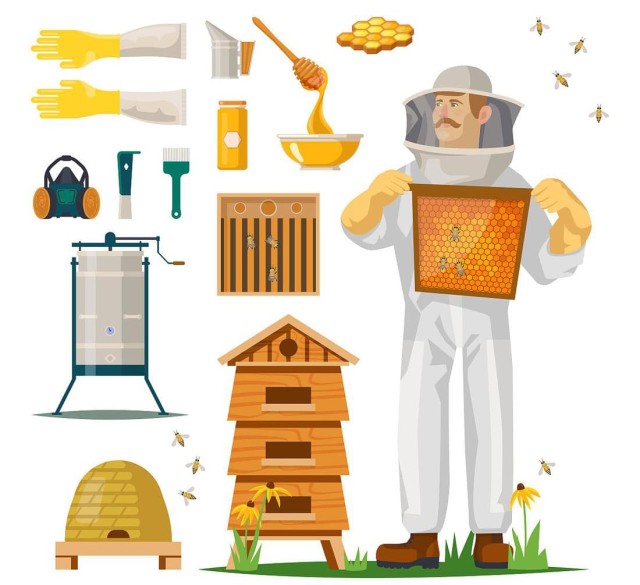A successful beekeeper needs a few key supplies and pieces of equipment to get started. A bee suit or veil is critical for protecting yourself from stings. A smoker helps calm the bees and makes working with them easier. hive tools are necessary for opening and inspecting hives. A beeswax foundation is used to help the bees build strong comb. And finally, a bee brush is handy for gently removing bees from frames.
As a new beekeeper, you will need a hive tool, smoker, way to feed your bees, protective gear, and hive boxes. These are essential for keeping your bees healthy and happy. A hive tool is used to open and close the hive, a smoker is used to calms the bees, and a way to feed your bees will ensure they have enough to eat. Protective gear is important for keeping you safe from being stung, and hive boxes are necessary for the bees to live in.
Hive Tools
A hive tool is a handy specialized pry bar that beekeepers use to separate hive parts that honeybees have glued together with propolis. The serrated edge of the hive tool is also useful for scraping off excess propolis from hive parts. A well-made hive tool will last for many years and is an indispensable part of a beekeeper’s toolkit.
The beekeeper uses the hive tool to scrape off unwanted propolis and burr comb. The propolis and burr comb are not needed and can be removed. The beekeeper may also use the hive tool to remove bees from the hive.
A hive tool is an essential piece of equipment for any beekeeper. You'll use it to pry open hive components, scrape away beeswax and propolis, and generally help you manipulate the hive. Even if you're just starting out, you'll find yourself reaching for your hive tool every time you open up your hive.
Why You Need Them
Bees use propolis to glue everything in the hive together frames, hive beetle traps, cracks in the wooden bee boxes, and the boxes themselves. Propolis is a sticky substance that bees make from tree sap and other materials. It's water-resistant and has antiseptic properties, which makes it ideal for sealing up the hive and keeping it clean.
If you have an inner cover and a telescoping cover for your beehive, the bees will seal them together with propolis. This helps to protect the hive from the elements and from predators.
A hive tool is a device used by beekeepers to open their beehives. It is a blunt, curved instrument that is used to pry open the lid of the hive and to scrape off any wax or debris that may be clinging to the inside. The hive tool is an essential piece of equipment for any beekeeper, as it allows them to inspect their hives and ensure that the bees are healthy and thriving.
Types And Styles Of Hive Tools
Hive tools are one of the most important tools a beekeeper has. They are used for a variety of tasks such as opening and closing hives, removing frames, and prying off wax. There are many different styles of hive tools, and during your time as a beekeeper, you’ll use (and lose) several. Most beekeepers keep a few on hand so they are always prepared for whatever task needs to be done.
The classic hive tool has a bent end and a straight end. The bent end is used for prying open frames and the straight end is used for scraping off wax and propolis.
The J-hook tool is used for lifting frames and the KW tool is an all-in-one tool that can be used for a variety of tasks including frame lifting. The J-hook is great for getting into tight spaces and the KW tool is perfect for those larger jobs.
A hive tool is an essential piece of equipment for any beekeeper. If you don't have one, you may be able to get by with a large flathead screwdriver, a small pry bar, or a pocket knife, but none of these will work as well as a proper hive tool.
Beehive Chisel With Wooden Handle
This beehive chisel tool can also be used for lifting frames.
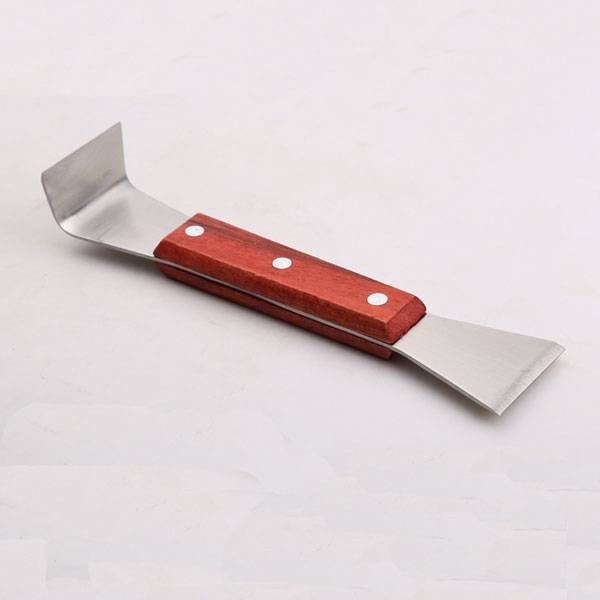
Duck Mouth Hive Tool
The duck mouth hive tool is a necessity for the beekeeper. It is used to open and close hives, as well as to remove beeswax and honeycomb. The duck mouth hive tool is also used to scrape away excess beeswax and propolis from the hive walls and frames.
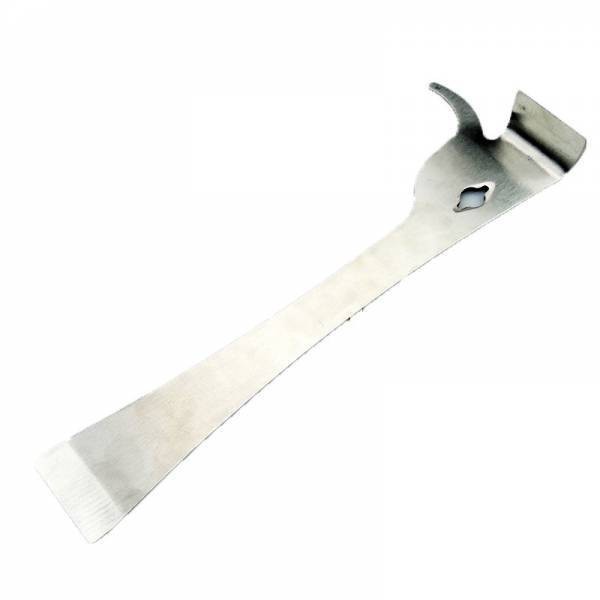
Flat Hive Tool
A hive tool is a multi-purpose tool used by beekeepers to open, inspect and work with beehives. A hive tool is usually made of metal and has a flat end and a serrated end. The flat end is used to pry open hive bodies and frames, while the serrated end is used to scrape away wax and propolis. Hive tools are essential for any beekeeper, and a good hive tool should be sturdy, comfortable to hold and easy to use.
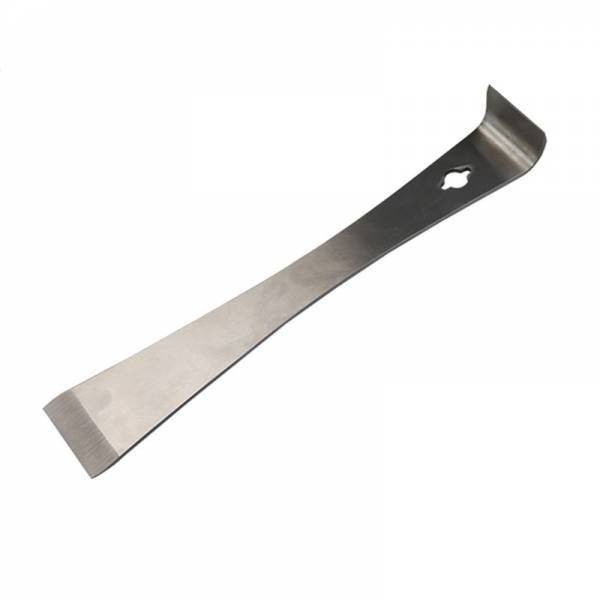
J Hook Hive Tool
The J Hook hive tool is a great addition to any beekeeper's arsenal. This tool is designed to help with the removal of honeycomb from hives. It can also be used to scrape away wax and propolis. The J Hook hive tool is made from stainless steel and is very durable.
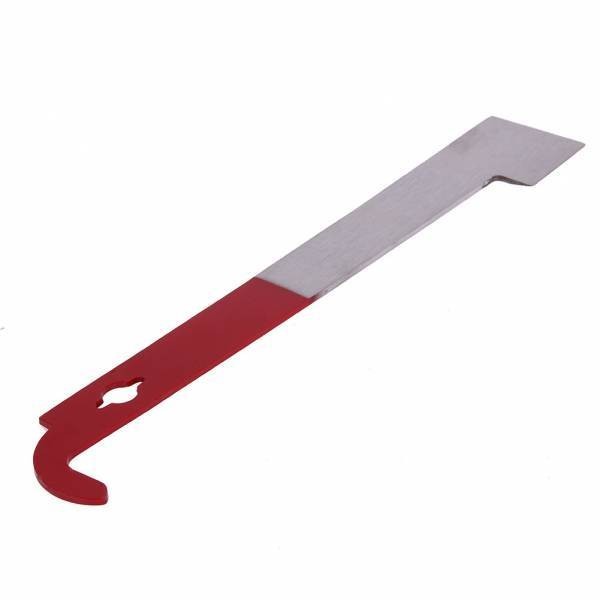
Smokers
Smokers work by confusing the bees. By producing a plume of smoke, bees become confused and are less likely to sting.
Smoking a hive is one way to calm bees when working with them. This is because when bees smoke, they can't smell the alarm pheromones that other bees may be expressing. Pheromones are just one of the ways that bees communicate with each other.
Smoke is one of the best defenses against bee stings. When bees sting, they release a pheromone that attracts other bees to the area. Smoke masks the pheromone and confuses the bees, making it less likely that they'll sting.
After lighting the smoker, the beekeeper will give the hive entrance a few puffs of smoke. They will then open the hive body and puff a little smoke into it. Smoke calms bees and makes them less likely to sting.
Bees are attracted to smoke, and when they smell it, they start to consume stored honey. This is because bees with full bellies are calm bees.Bees are typically very defensive creatures, but when they're filling their tummies with honey, they become less so. This is because they're thinking they may need to escape a fire, and they're oblivious to the scent of alarm pheromones. As a result, bees will be less defensive when they're full of honey.
For your smoker, you'll need fuel. Many people use pine straw, wood pellets or shavings, burlap, cardboard, or small sticks and twigs.
As a beekeeper, you will quickly learn that there is no one-size-fits-all solution when it comes to finding the right fuel for your smoker. Every beekeeper has their own preferences, and you will eventually find the fuel that works most reliably for you. Some of the most popular smoker fuels include pine needles, dried grass, and corncobs.
Stainless Steel Bee Smoker
The honeybee fear smog. Smog can make bees peaceful down and enable you to safely inspect your beehive. People use this characteristic to make the smog installment. It is the best tool to tames the honeybee.

European Bee Smoker
The smoke transmitter is a tool for subduing bees by erupting smoke. Bee smoke is mainly used to inspect bee colonies, merging bee colonies and attracting queen bees.
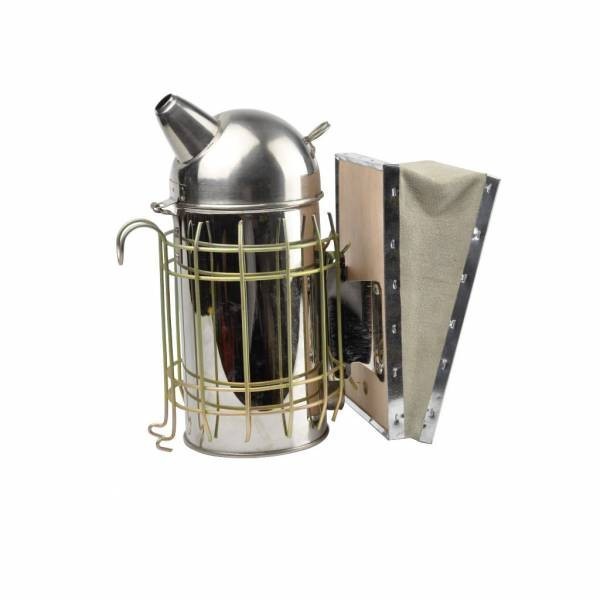
Electrical Bee Smoker
Electrical Bee Smoker use battries or electric power to work.
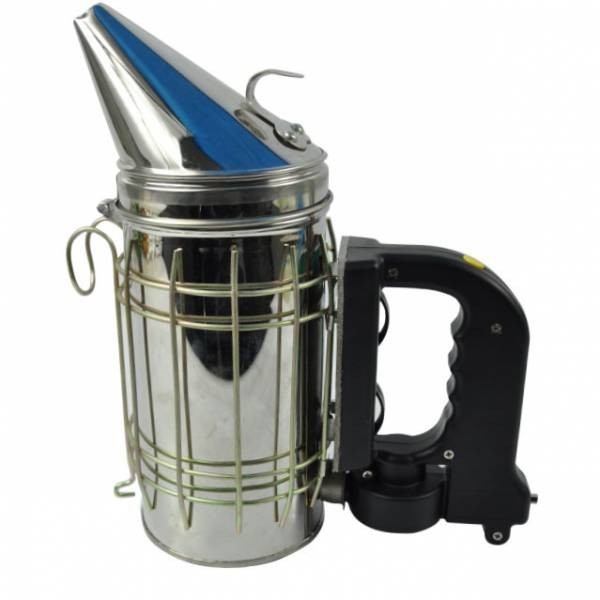
Large Bee Smoker With Blower
Large Bee Smoker With Blower
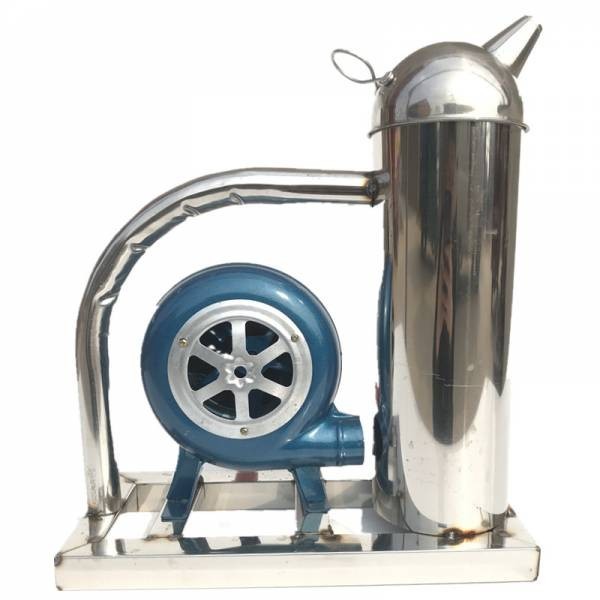
Bee Feeders
When your bees arrive, you will need to provide them with food to get started. You can do this by setting up a sugar water feeder or by placing a frame of honey in the hive. The bees will need to eat about 2 pounds of honey to get started.
One of the best ways that a backyard beekeeper can help their bees is by providing them with a feeder. A feeder helps the bees to have a consistent source of food, which is especially important during times when there is a lack of flowers or other food sources. By providing a feeder, the beekeeper can help the bees to survive and thrive.
A feeder is any contraption made to hold and deliver a mixture of sugar water to the bees. The bees need the energy to build comb and get the hive going. Feeders come in all different shapes and sizes, but they all serve the same purpose. Some beekeepers use homemade feeders, while others prefer to buy them.
Why You Need A Feeder
This means that the beekeeper will need to provide their bees with everything they need to get through the season. The beekeeper will need to provide the bees with a water source, some sort of food, and a place to build their comb.Assuming the beekeeper has done their research and is providing their bees with everything they need, the bees should be able to build comb and store honey. The amount of honey they store will depend on the time of year and the availability of pollen and nectar. If the beekeeper wants their bees to produce a lot of honey, they may need to supplement their diet with sugar syrup or pollen patties.
If the nectar flow hasn't started, worker bees will need a little help in the form of a sugar and water mixture. This will provide them with the energy they need to build comb, feed the brood, and create royal jelly for their queen.
Types And Styles Of Feeders
A front feeder is the most accessible feeder for a beginning beekeeper. It is easy to fill and easy to clean. The bees can easily access the sugar water, and the beekeeper can easily see when the feeder needs to be refilled.
The upside-down jar feeder is a type of bee feeder that is designed to provide bees with a source of water. The feeder has a base that slides into the front entrance of a bee hive and a circular opening for an upside-down jar. The jar has a lid full of small holes through which bees can drink.
If you're a beekeeper, you know that one of the most important things you can do to keep your hive healthy is to make sure they always have enough food. Thanks to these easy-to-use feeders, you can do just that! By simply looking at the level of the food through the jar, you can quickly and easily see when it's time to add more, without ever having to open up the hive.
There are many types of internal feeders frame feeders replace one or two frames in a hive and they can hold a gallon or more of sugar syrup. One popular type is the division board feeder, which is simply a board with grooves that fits between the frames. The bees build comb on the feeder and feed from it as if it were a frame. These feeders have the advantage of not taking up any frame space, but they can be a bit tricky to get started. Another type of internal feeder is the frame feeder, which is a metal or plastic frame that fits inside the hive. The bees build comb on the frame and feed from it as if it were a frame. These feeders take up a bit of frame space, but they're easy to use.
The beekeeper can check the levels of the sugar water while doing a hive inspection and replenish it if needed. The sugar water is used as an energy source for the bees and helps them to stay hydrated.
Top feeders are a great way to feed your bees without having to open up the hive. They go under the telescoping lid and on top of the inner cover, so they're less likely to be disturbed.
What If You Don’t Feed?
If left to their own devices, bees will find food. If there is a nectar flow, the foragers will bring back sufficient nutrition for their sisters. Left unchecked, bees will continue to forage until they have depleted the available food sources. If there is no nectar flow, the bees will fast until conditions improve.
Bees are amazing creatures that work tirelessly to ensure the survival of their hive. When there is a dearth, or lack of food, bees will visit local hummingbird feeders, garbage cans and recycling bins with soda cans, Gatorade containers at the nearest baseball field, and they even rob weaker hives. While this may seem like a lot of work, it is necessary in order to ensure the survival of the hive.
Boardman Entrance Bee Feeder Wholesale
This boardman Entrance Bee Feeder allows you to use your own Mason type jar or 5 lb. (2.27 kg) round jar for feeding at the entrance of your hive.
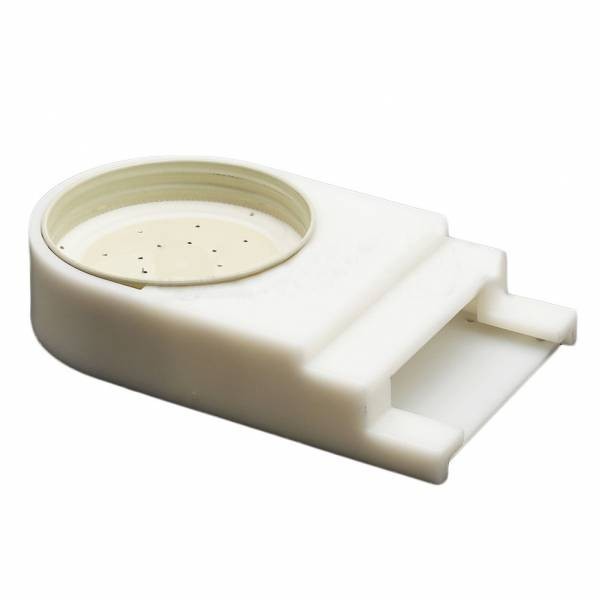
Portable Bee Entrance Feeder Wholesale
The bee entrance feeder is a popular device consisting of a small inverted jar of syrup that sits in a contraption at the entrance to the hive.
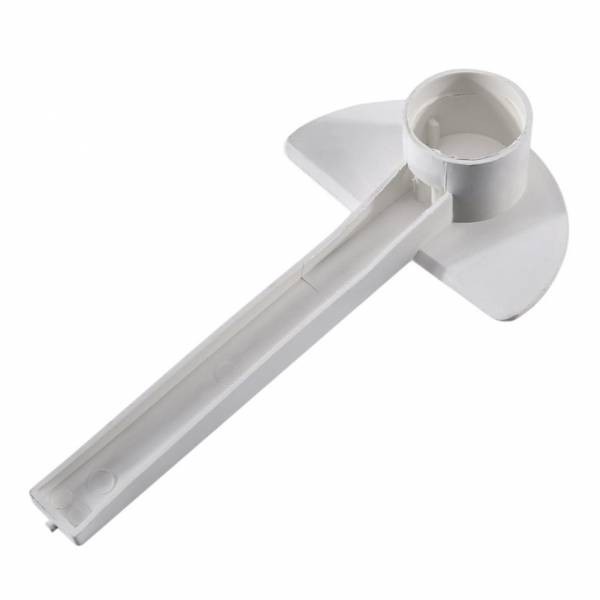
Bee Frame Feeder Wholesale
This plastic bee frame feeder is a narrow vessel resembling a standard frame that is placed in the upper deep-hive body, replacing one of the wall frames.
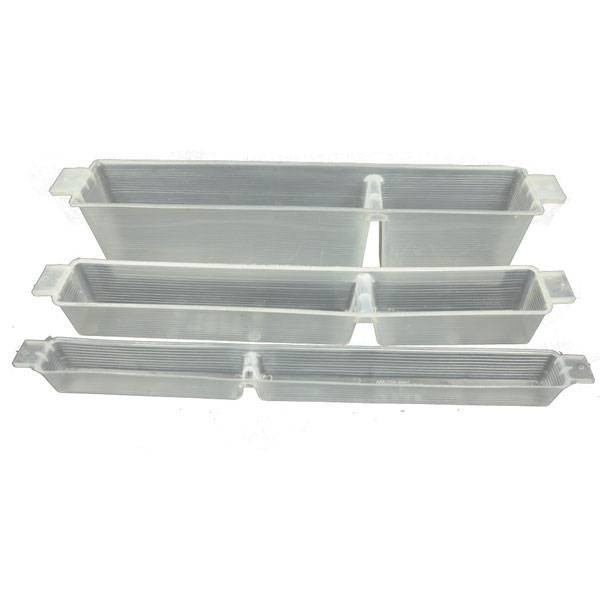
Protective Gear
It is very important to protect yourself from honey bee stings. Honey bees are stinging insects and if you are allergic to their stings, you could die. Wear some kind of protective clothing and be sure to keep an epinephrine pen with you at all times in case you are stung.
A veil is the least cumbersome way to protect your eyes and face from bee stings. If you are not worried about reactions to bee stings, wearing a veil is the best way to protect yourself.
When it comes to protecting yourself from bees, the next level of protection is a jacket. Jackets and suits come in cotton and ventilated styles with built-in veils for your face. This will provide you with the best protection possible, keeping you safe from any potential stings.
Many beekeepers choose jackets over suits because you can zip them up and put them on like a hoodie no fiddling with zippers and velcro. The jackets also have an attached hood to further protect the beekeeper.
If you are interested in beekeeping, you will need to purchase a beekeeping suit. A beekeeping suit will provide you with the ultimate level of protection from angry bees. The suit will also keep you safe from the bee's sting.
It's made of a lightweight, breathable fabric like cotton or polyester, and it has multiple layers to protect you from stings. A beekeeping suit is the best way to protect yourself from stings when working with bees. The suit covers your entire body, except for your hands and feet, so that no skin is exposed. The veil protects your face and head from stings, and the multiple layers of fabric provide extra protection.
If you want to avoid being stung by bees, one of the best things you can do is to wear a suit with some heavy-duty boots and good thick gloves. This way, it will be very unlikely that the bees can sting you. Of course, you also need to be careful not to disturb the bees too much, as this can also lead to them attacking you.
Wearing beekeeping gloves is a good idea for beginners because they help protect against getting stung and help keep the bees from getting too aggravated. Bee stings can be painful, so it's best to avoid them if possible. The gloves also help to keep the bees calm, which is important because agitated bees are more likely to sting.
There are many different types of gloves designed for beekeeping, but they all have one common goal: to prevent bees from stinging you. Bees are attracted to the smell of humans, so when you put on a pair of gloves they will usually fly right past you. However, if a bee does happen to sting you, the gloves will protect your skin from the barbed stingers.
Whether or not to wear gloves while working with your bees is a personal decision that experienced beekeepers will make based on their own comfort level. Some beekeepers find that they don't always need gloves, while others prefer to wear them every time they work with their hives. Ultimately, it's up to each individual beekeeper to decide what works best for them.
Beekeeper Jacket
The beekeeping jacket made from high quality cotton polyester fabric. The thickness of the jacket keeps bees from your skin.
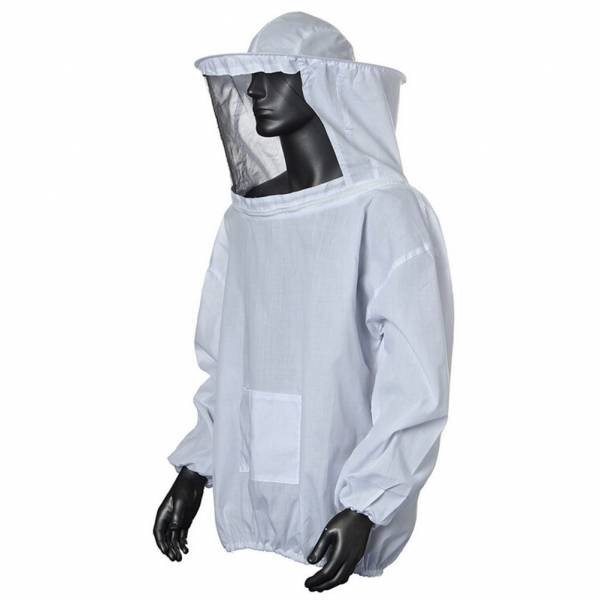
Hooded Veil Beekeeping Jacket
This beekeeping jacket is perfect for those who want to keep their bees close by. The hooded veil provides protection from bee stings, and the jacket itself is made of durable, breathable fabric.The hooded veil beekeeping jacket offers 4 front pockets two w/Velcro and the other open for quick access.
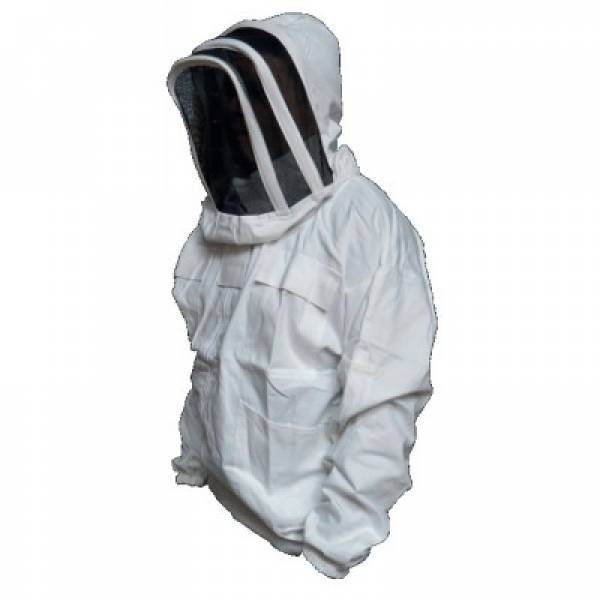
Cowboy Beekeeper Hat With Veil
The cowboy beekeeper hat is the update model of cowboy bee hat.
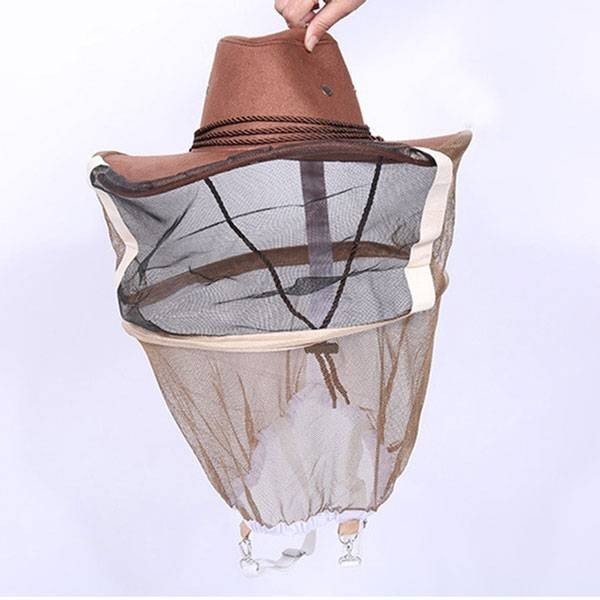
Longer Ventilate Net Beekeeping Gloves
Longer Ventilate Net Beekeeping Gloves made of durable material, these gloves feature a ventilated design that will allow you to stay cool and comfortable while you work. Plus, the long length will offer full coverage and protection from stings.

Beekeeper Boots
If you're looking for a pair of boots that will keep you safe while you work with bees, look no further than our beekeeper boots. Made from durable material, these boots will protect your feet from stings while allowing them to stay cool and comfortable. Plus, the slip-resistant sole will help you keep your footing while you work.
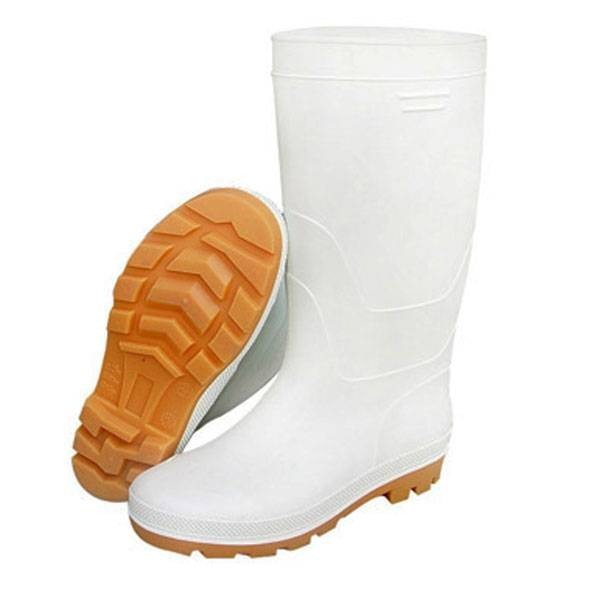
Beehives
A package of bees will have 10,000-20,000 bees, a nuc will have 5,000-10,000 bees, and an established hive can have up to 60,000 bees. Bees are creatures that are very important to the environment. They help with pollination and produce honey. You may get your bees in a package, or from a nucleus colony (nuc), but no matter how they come, they will need a hive box to live in. As the bee colony grows, more boxes will be needed.
Langstroth hives are the most common type of hives. They are made of wooden boxes built to accommodate frames of bees with just enough extra space for the bees to work. Langstroth hives are designed so that the frames can be easily removed and inspected without disturbing the rest of the hive.
The Langstroth hive is the most popular hive style among beekeepers. This is because the Langstroth hive is the most universal hive style, meaning it can be used for any type of beekeeping operation. The Langstroth hive is also the most forgiving hive style, meaning it is easier to use and maintain than other hive styles.
Langstroth hives are the most popular type of hive in the United States. There are two common sizes of Langstroth hives, ten-frame and eight-frame. The number in the name refers to how many frames fit into the box. All Langstroth frames are the same length, but they come in different depths to fit into deep, medium, or shallow boxes.
If you're looking at frames side by side, you'll notice that the ten-frame boxes obviously hold more brood and more honey. This is because each frame in a ten-frame box is shallower than the frames in an eight-frame box. The shallower frames make the box lighter, which you might appreciate when you start doing hive inspections and harvesting honey.
Langstroth bee hives are the most common type of hives used by beekeepers. They are named after their inventor, Reverend Lorenzo Lorraine Langstroth, and were first patented in 1852. Langstroth hives are very modular, which means that they can be easily expanded or contracted to accommodate the needs of the bees. The typical Langstroth hive includes a bottom board, one or multiple hive boxes which can be deep, medium or shallow, an inner cover, and a telescoping cover.
A hive stand is a platform that elevates the beehive off the ground. This is important for several reasons. First, bees are less likely to be disturbed if their hive is not on the ground. Second, the hive stand helps to keep the hive from getting too hot or too cold. Third, the hive stand helps to protect the hive from flooding. Finally, the hive stand helps to keep varmints from getting into the hive.
Bees are amazing creatures that areresponsible for pollinating a large percentage of the world's food supply. Without them, many fruits and vegetables would not exist. Luckily, bees are relatively easy to keep and only require a few basic things to survive. In most situations, bees will need at least a couple of boxes to fill with brood and food so that they can survive the winter season.
Auto Flow Beehive Wholesale
The Auto Flow Beehive is a revolutionary new beehive that allows honeybees to flow continuously, without the need for human intervention. This means that honey can be harvested on a regular basis without disturbing the bees, which is crucial for their health and wellbeing. The hive is also designed to be more user-friendly, with an easy-to-use interface that makes it perfect for beginner beekeepers.
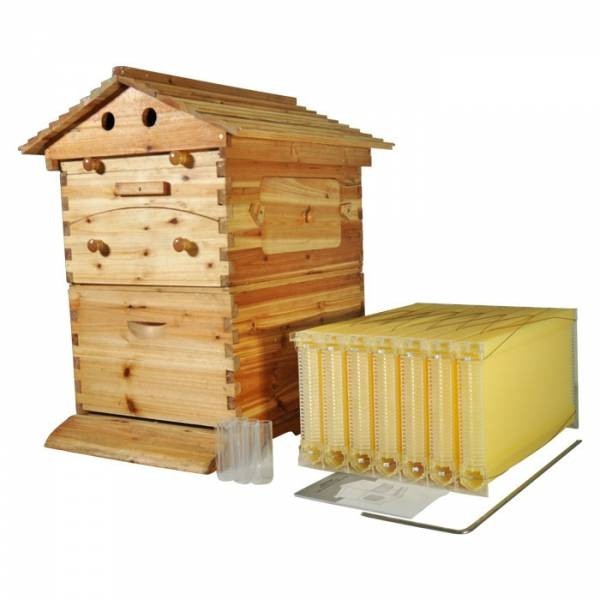
Langstroth Hive Wholesale
The Langstroth hive is a type of beehive designed by American entomologist Lorenzo Langstroth in 1852. It consists of a series of vertical frames in a box, with each frame containing a honeycomb. The bees build their comb in the frames, and the honey is stored in the comb. The hive is named after Langstroth, who designed it.
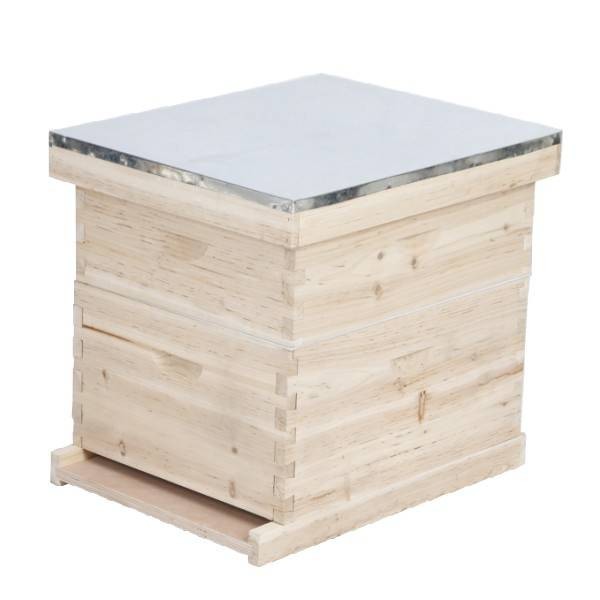
Start Beekeeping
If you have basic things--a water source, some beekeeping equipment, a queen bee and some worker bees, and a place to put your beehives--you are ready to start beekeeping. The next step is to decide where to place your beehives. You will want to find a location that is close to a water source, has some flowers or other plants nearby for the bees to pollinate, and is in a sunny spot. Once you have found the perfect location for your beehives, you can start enjoying the sweet rewards of your hard work!
If you are considering starting beekeeping, it is recommended that you start with two hives. This will allow you to see differences between the colonies and share resources between them. Having other colonies is also very useful in terms of gaining experience and knowledge.
Joining a beekeeping community is a great way to learn more about beekeeping and to get started in the hobby. A beekeeping community can provide you with resources, advice, and support as you get started in beekeeping. You may also find it helpful to join an online group or forum, where you can ask questions and learn from other beekeepers.
When you are ready to harvest honey or other bee products, these people will be helpful. Keep your beekeeping books close by, and keep learning. There’s always more to learn.
